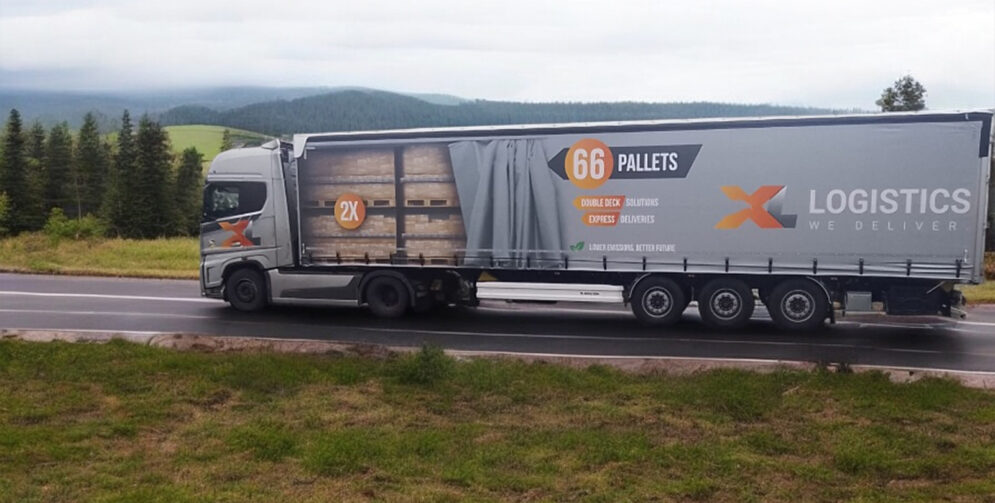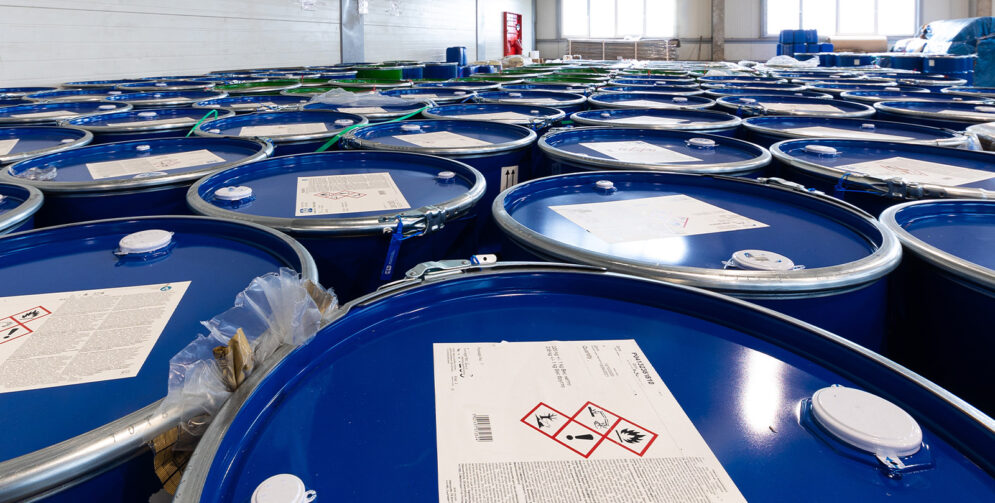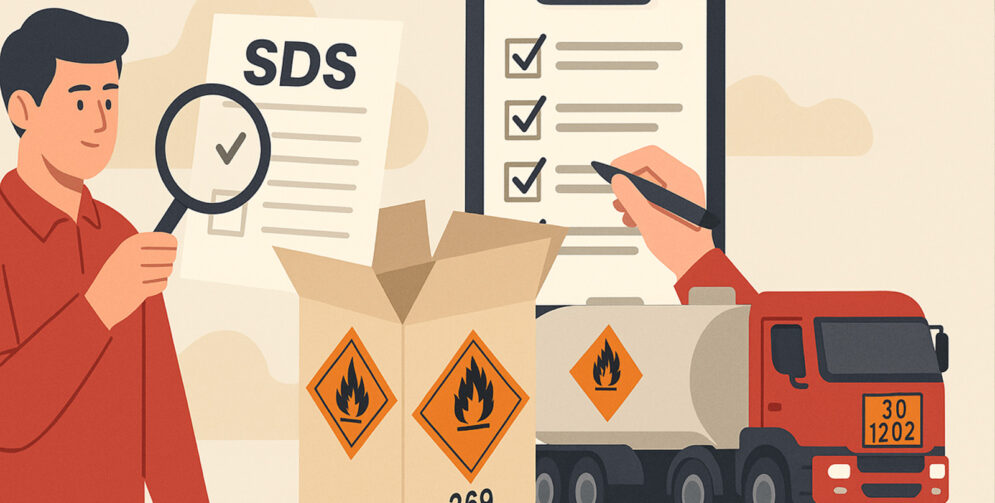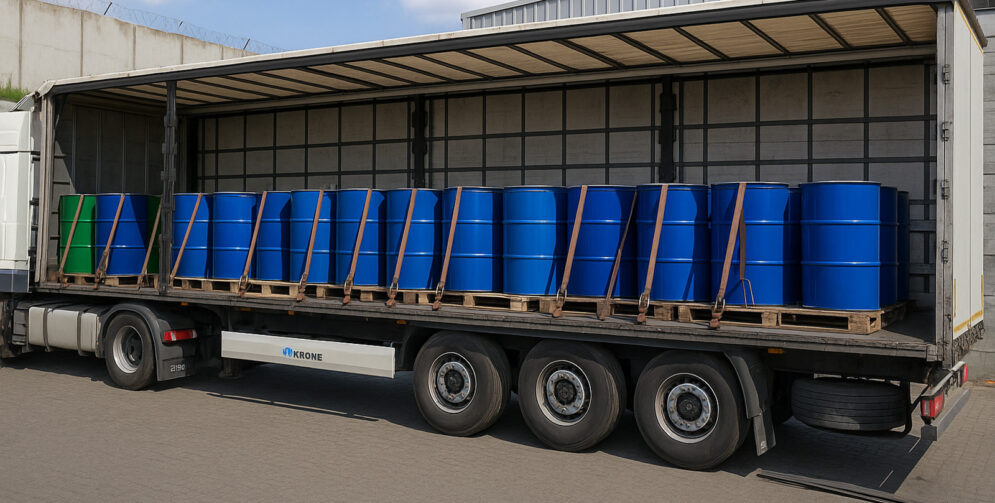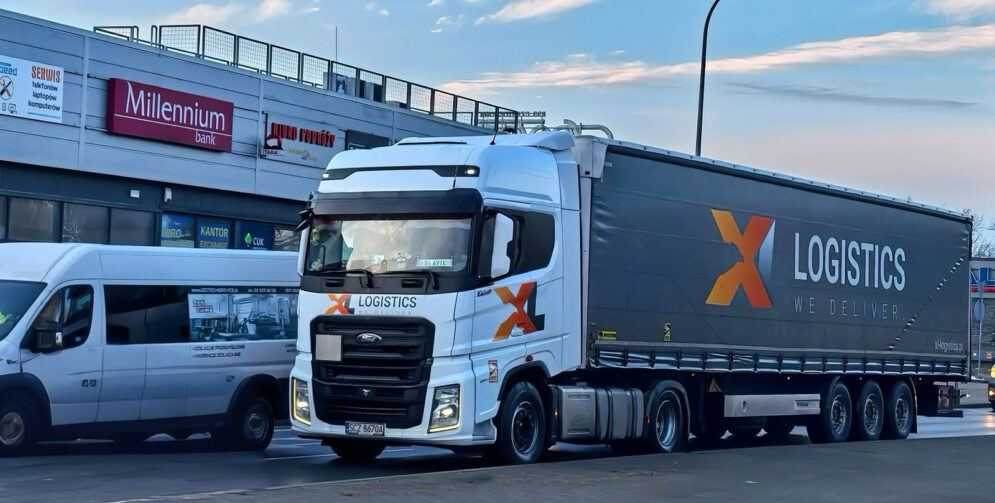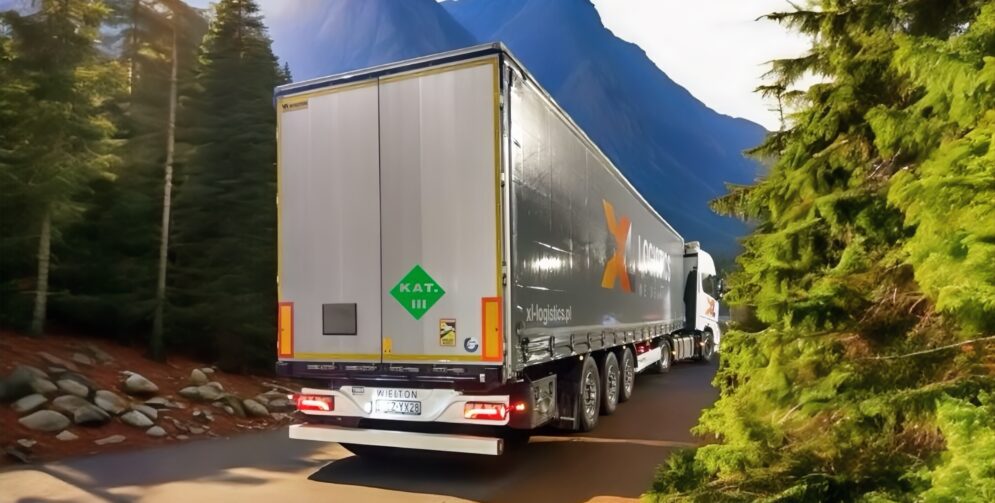Double Deck vs ESG
Sustainability in logistics – Double Deck as a response to ESG challenges
Challenges related to environmental protection, corporate social responsibility and increasing regulatory requirements (ESG) are becoming a daily reality in the transportation industry. Companies that want to remain competitive must look for solutions that not only optimize costs, but also minimize environmental impact and support sustainability goals. One such solution that is gaining popularity in Europe is Double Deck transportation, an innovative method of transporting goods that simultaneously reduces CO₂ emissions and improves operational efficiency.
What is Double Deck transportation?
Double Deck is a specialized type of semi-trailer or transport body that allows loading goods on two levels. By using an additional platform inside the trailer, it is possible to increase the cargo area by up to 60-100% compared to standard transport. In practice, this means that one Double Deck course can replace up to two traditional rides.
Double Deck trailers are particularly suitable for high-volume but lightweight goods – such as FMCG products, packaging, clothing, electronics or industrial goods. Thanks to the proper design of the system, goods are safely secured, and the loading and unloading process remains fast and convenient.
Why does Double Deck support sustainability and ESG goals?
The ESG (Environmental, Social, Governance) concept requires companies to take measures to reduce environmental impact, enhance safety and social responsibility, and implement transparent governance. Transport Double Deck supports the implementation of all three areas.
- Environmental – reduced CO₂ emissions and smaller carbon footprint By doubling the cargo space, Double Deck significantly reduces the number of trips needed to transport the same amount of cargo. Every trip saved means less fuel consumption, less wear and tear on the roads and less CO₂ emissions. It is estimated that companies using Double Deck can reduce emissions by up to 30-40% per year compared to standard transportation.
- Social – improved safety and better working conditions Fewer trips mean fewer hours spent on the road by drivers, which translates into less fatigue, better safety and a better work-life balance. In addition, specialized loading systems reduce the risk of damage to goods and injury to workers.
- Governance – Transparency and process optimization Companies implementing Double Deck gain better control over their supply chain – the reduction in odds makes it easier to monitor the fleet, allows for more accurate carbon footprint reporting, and provides data required by increasingly stringent ESG regulations, both at the national and EU level.
Business benefits – not just for the environment
While Double Deck is a solution that fits into ESG strategies, its benefits are also strongly felt in companies’ bottom lines.
- Operational savings – fewer trips means less fuel consumption, lower vehicle operating costs and reduced tolls.
- Greater logistics efficiency – speeding up deliveries and optimizing route planning.
- Responsible Partner Image – Working with companies that use Double Deck is increasingly becoming a requirement for large retail chains and corporations, which are themselves held accountable for meeting ESG goals.
Will Double Deck work in any industry?
This solution is particularly effective for companies transporting light, voluminous goods or those requiring secure stacking. In industries such as e-commerce, retail, industrial production and FMCG, Double Deck can revolutionize the way transportation is organized. Companies in the automotive or construction sectors, where heavy loads predominate, can also benefit from this system – in combination with appropriate builds and route planning.
Why is now the best time to change?
EU directives impose increasing obligations on transportation companies and their customers to report emissions and implement environmental measures. What’s more, rising fuel prices and increasing cost pressures mean that transportation optimization is no longer a choice but a necessity.
Double Deck is a solution to simultaneously meet ESG requirements, reduce costs and gain a competitive advantage. For companies that want to prepare for the future and build a more sustainable supply chain, this is a technology worth investing in today.
Want to learn how Double Deck can optimize your company’s transportation and help you meet your ESG goals? Contact XL LOGISTICS – we’ll show you how to put sustainable logistics into practice.

